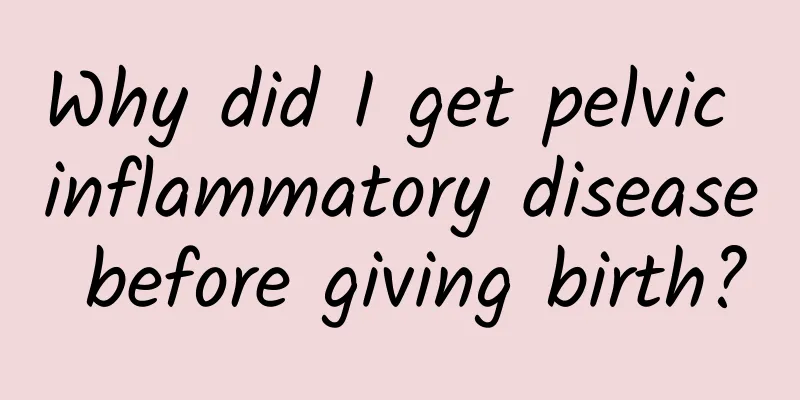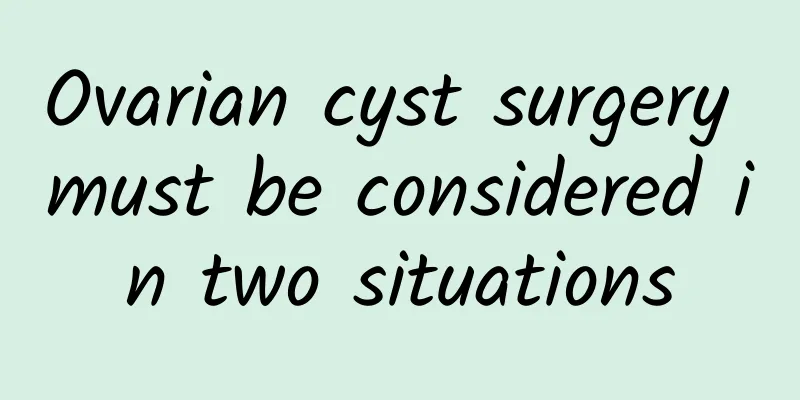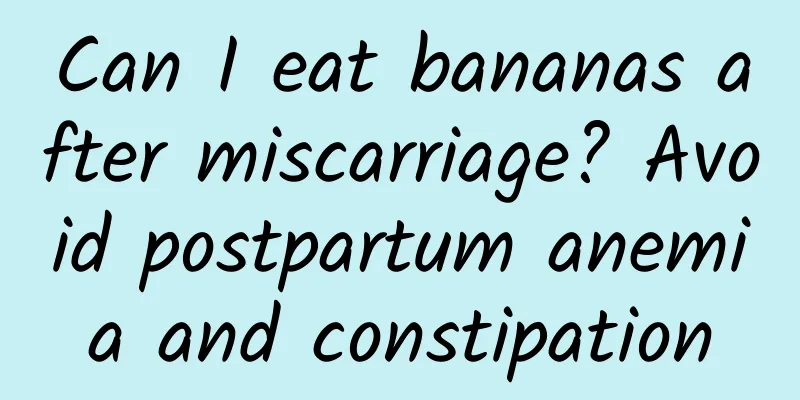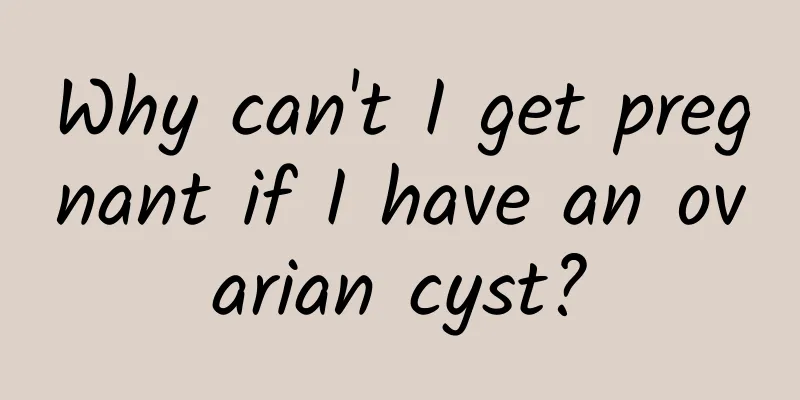Will the ovarian cyst in the newborn be completely absorbed?
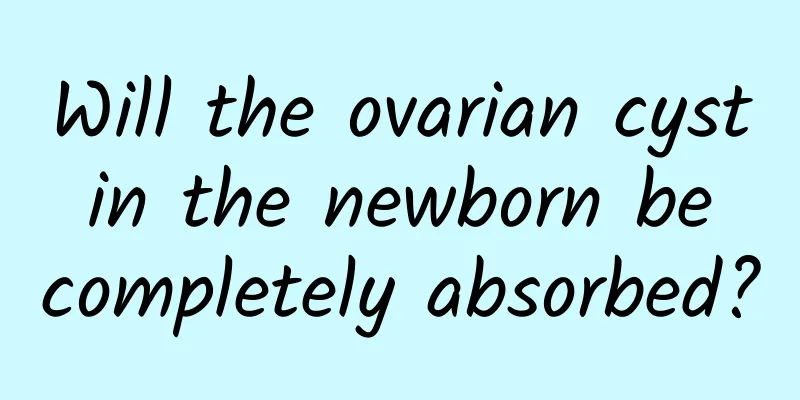
|
Neonatal ovarian cysts usually resolve completely, especially small, asymptomatic physiological cysts. In most cases, the cysts will reduce or disappear on their own over time, but larger or complex cysts may require further intervention, such as close observation, medication, or even surgery. 1. Causes of ovarian cysts in newborns Neonatal ovarian cysts are mainly caused by maternal hormones and the immature endocrine system of the fetus. Some cysts are physiological, usually presenting a single fluid-like structure with a small diameter and no long-term health effects. A small number of pathological cysts may be related to factors such as ovarian torsion and ovarian tissue dysfunction. Such cysts may be larger or more complex, such as mixed cysts. 2. Factors affecting the absorption of neonatal ovarian cysts Whether the neonatal ovarian cyst can be completely absorbed depends mainly on the following factors: - Type of cyst: If it is a simple unilocular cyst, the possibility of absorption is very high; while complex cysts are prone to leave sequelae or further damage to the tissue. - Cyst size: Cysts smaller than 4 cm in diameter tend to be more spontaneously resorbed, whereas larger cysts may cause tissue compression and require intervention. - The presence of complications: If the cyst ruptures, bleeds or torsions, the chance of absorption will be greatly reduced and other problems may occur. 3. Treatment of neonatal ovarian cysts To help the cyst absorb better or prevent potential complications, you may want to take the following steps: - Close observation: For small, physiological cysts, doctors usually recommend regular monitoring of cyst changes through ultrasound examinations, generally every 3 to 6 months, to ensure that they are gradually shrinking or resorbing. -Drug treatment: If the cyst is too large or accompanied by abnormal hormone secretion, the doctor may try to use hormone regulating drugs for symptomatic treatment to help the cyst absorb quickly. -Surgical intervention: For cysts with a diameter greater than 5 cm, no changes for a long time, or with complications such as torsion and bleeding, minimally invasive surgery (such as laparoscopic surgery) can be chosen to remove the cyst while protecting ovarian function to the greatest extent. 4. Daily care and precautions Parents need to pay attention to the physical condition of the newborn, observe whether there are any abnormal manifestations such as breast enlargement, vulvar discomfort, abdominal mass or pain, and take the child for an ultrasound examination in time if necessary. Regular follow-up examinations are very important to monitor the progression of the disease and determine the absorption of the cyst. Most newborn ovarian cysts will be absorbed naturally and will not affect health; for cysts with potential risks, early intervention can effectively avoid complications. If a newborn is found to have symptoms suspected of cysts, a professional pediatrician or gynecologist should be consulted in time to ensure the healthy growth of the baby. |
<<: What are the symptoms during the first three months of menopause?
>>: How to check chronic adnexitis
Recommend
A breakdown of some symptoms of vaginitis
Vaginitis is very common in life, and many people...
Causes of threatened miscarriage in early pregnancy
Causes of threatened miscarriage in early pregnan...
How to completely cure vaginal candidal infection
The treatment of candidal vaginitis needs to be t...
What are the typical symptoms of vaginitis?
What are the symptoms of vaginitis? Vaginitis sym...
Is it good to do minimally invasive surgery for cervical erosion?
Yes, cervical erosion is a normal physiological p...
Can abortion be done on the same day? You need to know these gynecological common sense about abortion
Nowadays, many women often have unexpected pregna...
How to make endometrial tuberculosis care safer
Gynecologists say that women with endometrial tub...
What are the good preventive measures for cervical warts?
Cervical warts are a gynecological disease that h...
Which regular hospital should I go to for threatened abortion examination?
Many pregnant women experience threatened miscarr...
How to diagnose uterine fibroids? Can uterine fibroids cause uterine bleeding?
Although female friends are more careful, many pe...
What are the causes of high incidence of ectopic pregnancy?
As people's living habits change, the number ...
Breastfeeding-friendly map app helps mothers find everything with one finger
A few days ago, it was reported that a mother was...
Reducing protein intake before surgery reduces cardiovascular complications
Regardless of the type of surgery being performed...
Can I get pregnant successfully with an enlarged cervix?
Cervical hypertrophy usually does not directly le...
My period has been here for almost a month and it hasn’t ended yet, what should I do?
My period has been here for almost a month and it...



